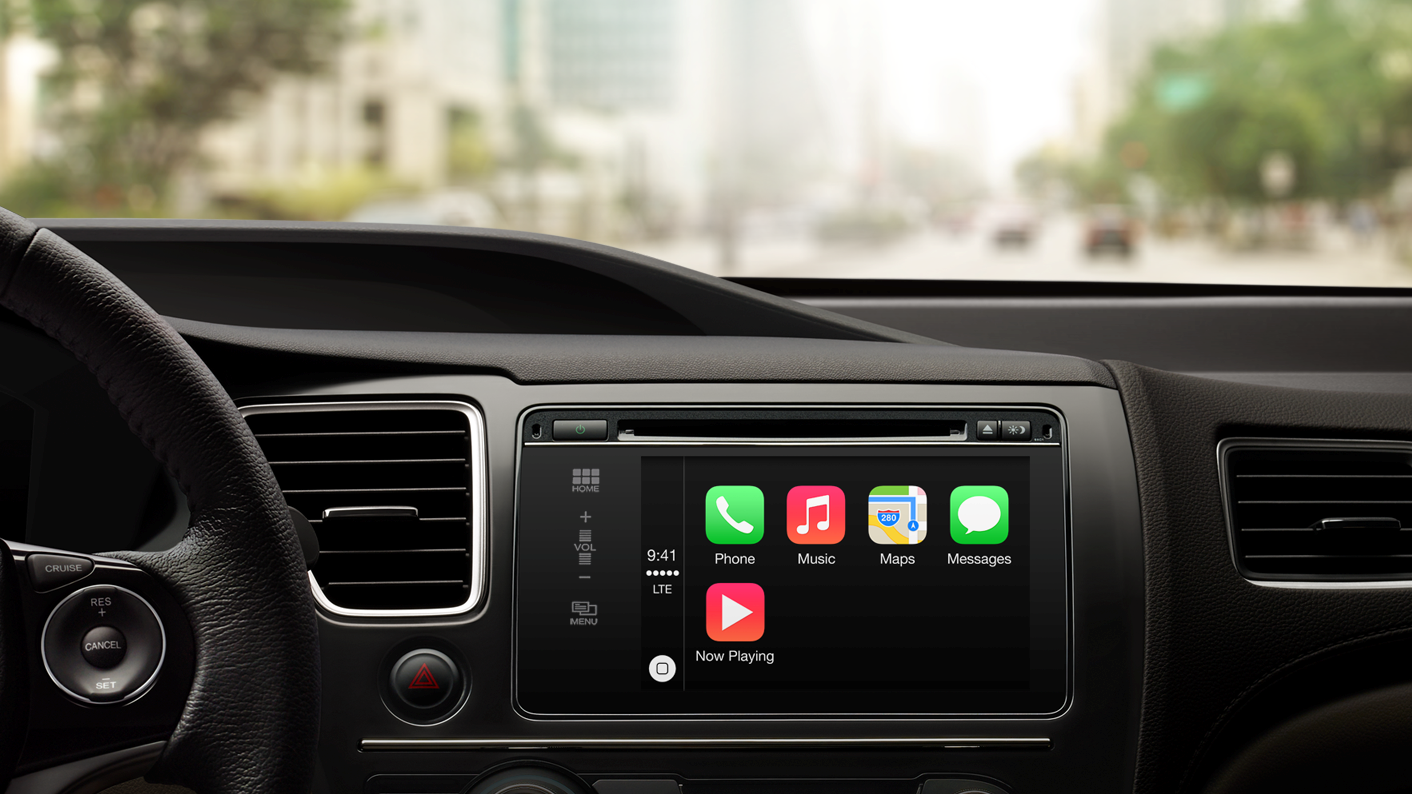Talking cars must listen to the driver, say researchers
As well as the traffic situation

In-car dialogue systems should be set up to communicate like a passenger in the front seat, according to Jessica Villing, a linguistics researcher at the University of Gothenburg in Sweden.
Her PhD thesis presents the theory that cars should take external factors into account when communicating with a driver. She says that it's important such systems can "keep quiet if heavy traffic makes the driver notably stressed and have a good feel for when it is a good time to talk and give instructions."
Current systems, like turn-by-turn navigation devices, tend to blurt out directions regardless of how ready a driver is to listen. Villing's thesis suggests that they should instead be given when the driver actually needs the information - which varies depending on the traffic and the driver.
Real people in regular cars
Recent research stressed the cognitive load that these systems place on a driver, calculating that it takes 27 seconds for people to regain focus after talking to Siri or Google Now while driving. Villing studied real people in regular cars (as opposed a simulator) - who drove around while speaking to a passenger, and her results back this theory up.
'When driving a car, you shouldn't have to focus on anything but the actual driving task,' says Villing, who added that she often turns off the sound on her in-car navigation system over distraction fears. "
I would like to do the opposite, turn off the screen and only listen to the sound, if the interaction feels natural and the information is given when I'm ready to listen."
Sign up for breaking news, reviews, opinion, top tech deals, and more.
